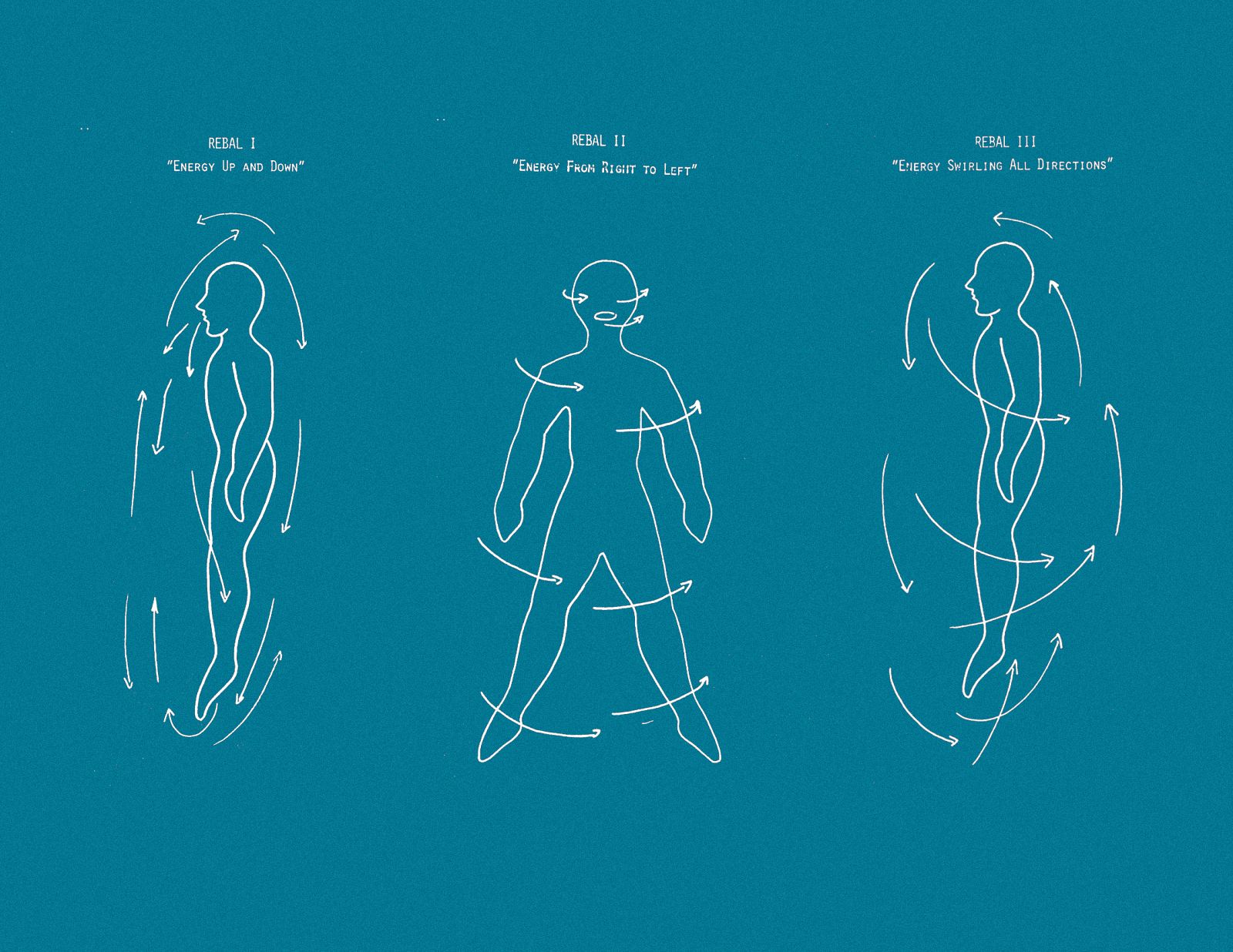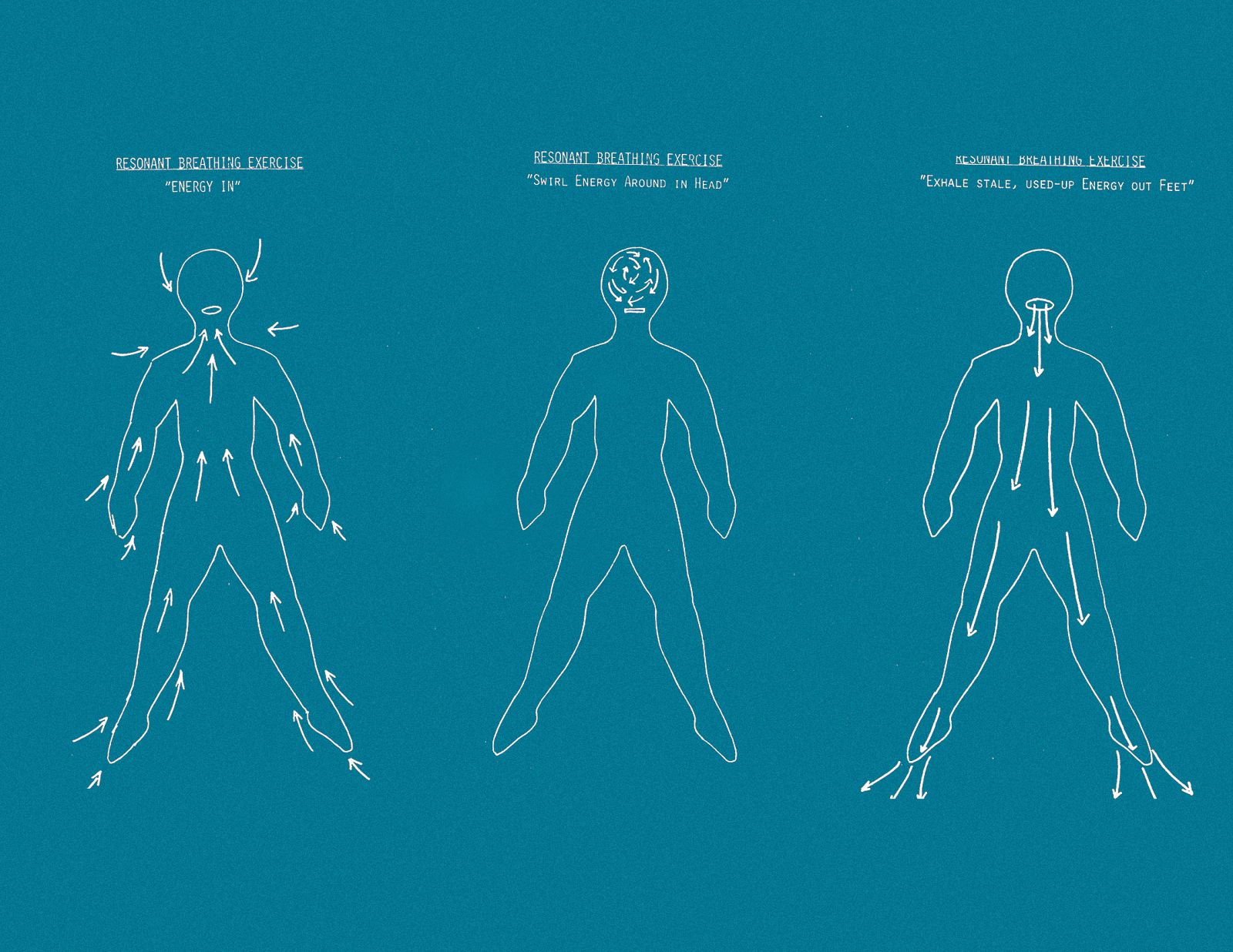In 1975, Army Lieutenant Wayne McDonald wrote a report entitled “Stargate” for the CIA about how to weaponize psychic energy through breathing.
Fourteen participants were selected from all over the United States for the Stargate Program. They were sent to a zero-gravity chamber at the bottom of the Pacific Ocean and engaged in experiments with psychic superpowers gained through Resonant Breathing Exercises. McDonald quickly discovered that breathing and meditation could increase the level of focus. When test subjects reached Focus 10, they could actively change the energetic properties of their surroundings.
The CIA never acknowledged the existence of this program. McDonald left his job in 1983 and devoted himself to the popularization of Resonant Breathing Exercises. Developed from McDonald’s school of meditation, Breathing Gymnastics is a form of competitive energetic dance. It is frowned upon among professional meditators because, for them, meditation and competition are fundamentally incompatible. But because of its militarization potential, countries around the world has scrambled to obtain it.
In the Breathing Gymnastics, participants can choose one of four themes:
Green cleansing dance
Red exploding dance
Blue revitalizing dance
Purple healing dance
Every type of dance must demonstrate an interaction with the other three types of energy flows. Competitors have to wear a device developed by Wayne McDonald and John Morgenstein called breath magnifier to convert their energy fields into visible light.
As participants follow their breath and drift in the darkness, their bodies become the only source of light in a pitch-black world.
Translated from the Chinese by Bridget Noetzel.
Jia Weng is an architectural designer, urbanist, and researcher from Beijing. She is currently completing her doctoral studies in architectural history and theory at Yale University. Her research examines how conditioned air has influenced architectural design and architectural culture in the early 20th century. She investigates buildings but also valves, windows, bubbles, sealants, and membranes around the world.
Bridget Noetzel is a translator, editor, and art consultant based in Hong Kong. She received a BA in both Chinese Language and the History of Art from Yale University. Since 2009, she has worked with galleries and artists in Beijing and Hong Kong, and she has translated and edited for major publications, institutions, and auction houses. In 2017, she co-founded the Asia Photography Project. She was the translator for Yi Ying’s history of modern Chinese art, entitled Art and Artists in China 1949-Present (Cambridge University Press, 2018).
平行奥运 Olympic Reveries
In tandem with the Tokyo Olympics, Heichi Magazine is hosting a parallel assembly of artist essays. Olympic Reveries emphasizes the cultural spaces opened up by sports and the illusion of spatiotemporal unity created by live broadcasts. We invited artists to extend the ideas of athleticism and national culture into their practices and speculate on real or imagined games that present values different from those of mainstream sporting events.

